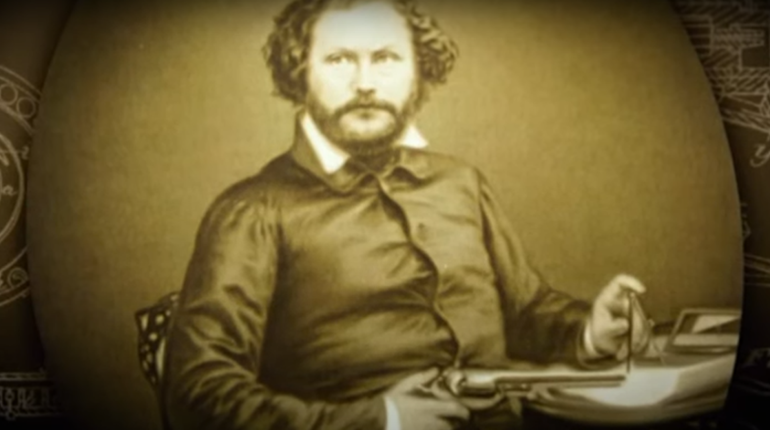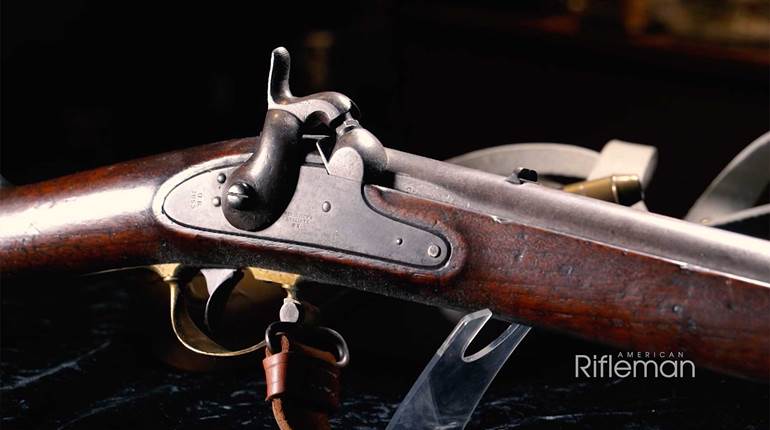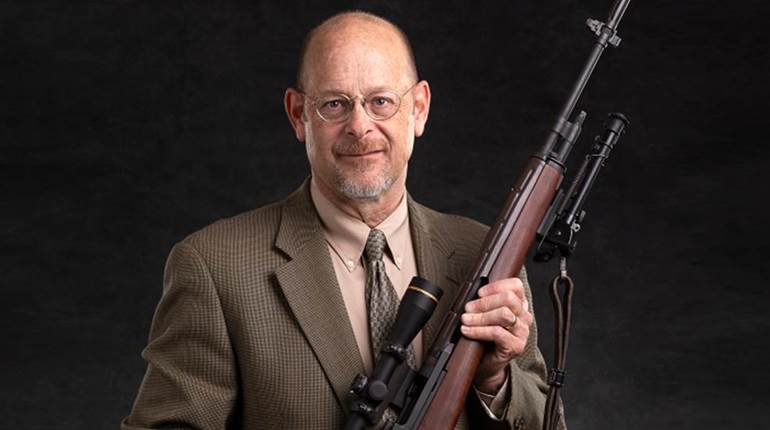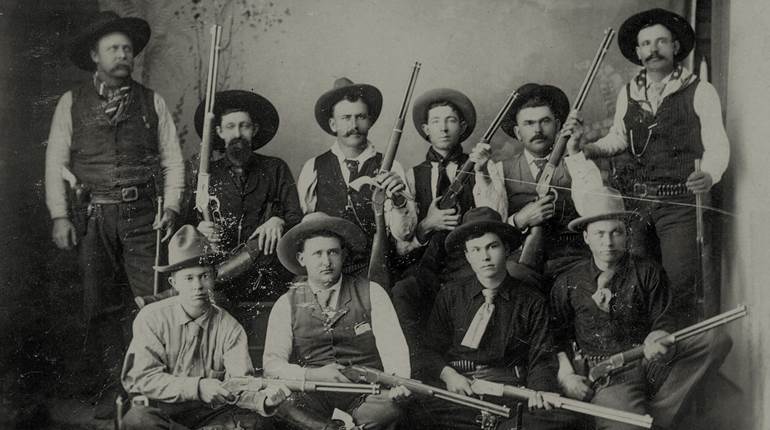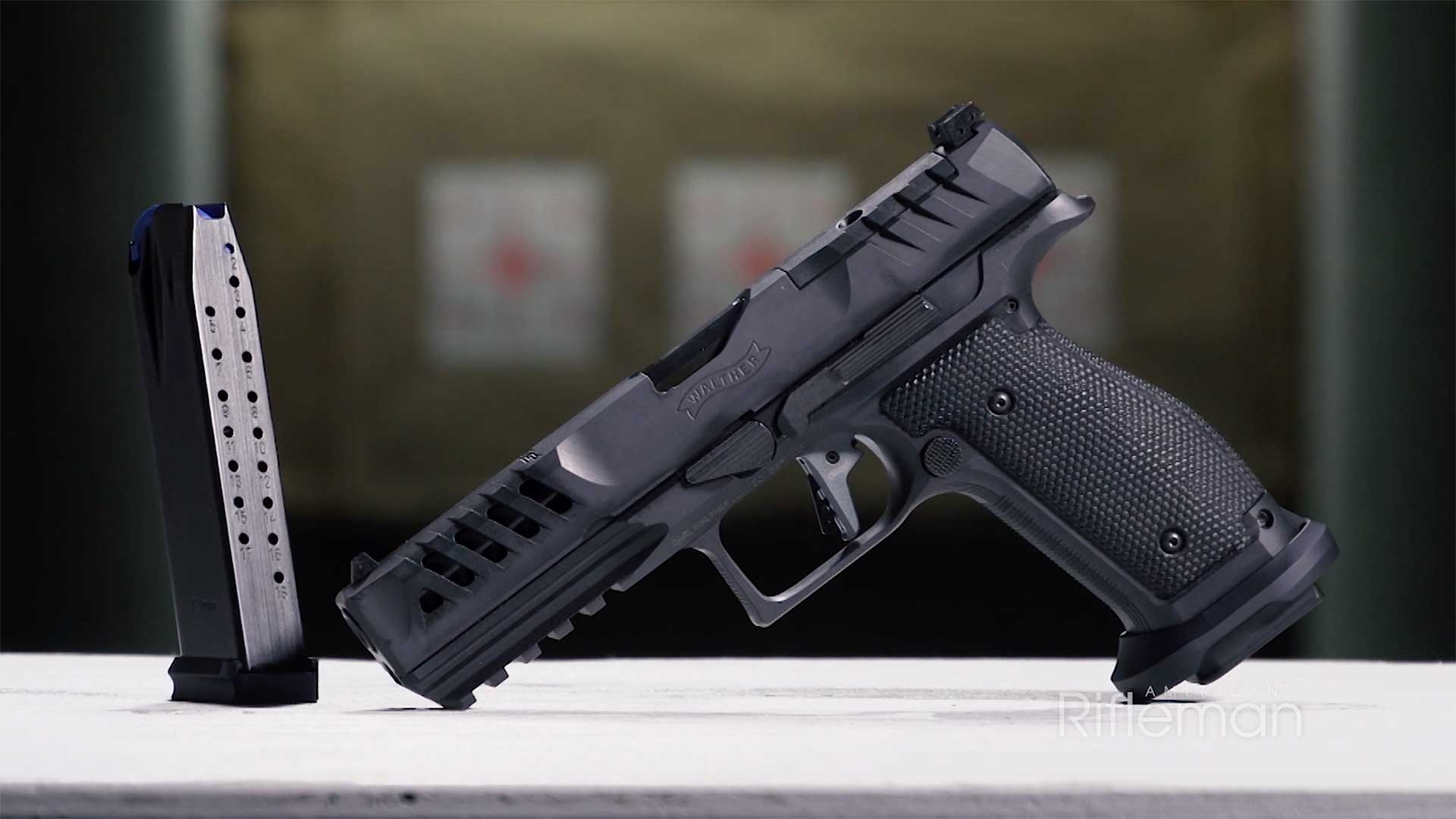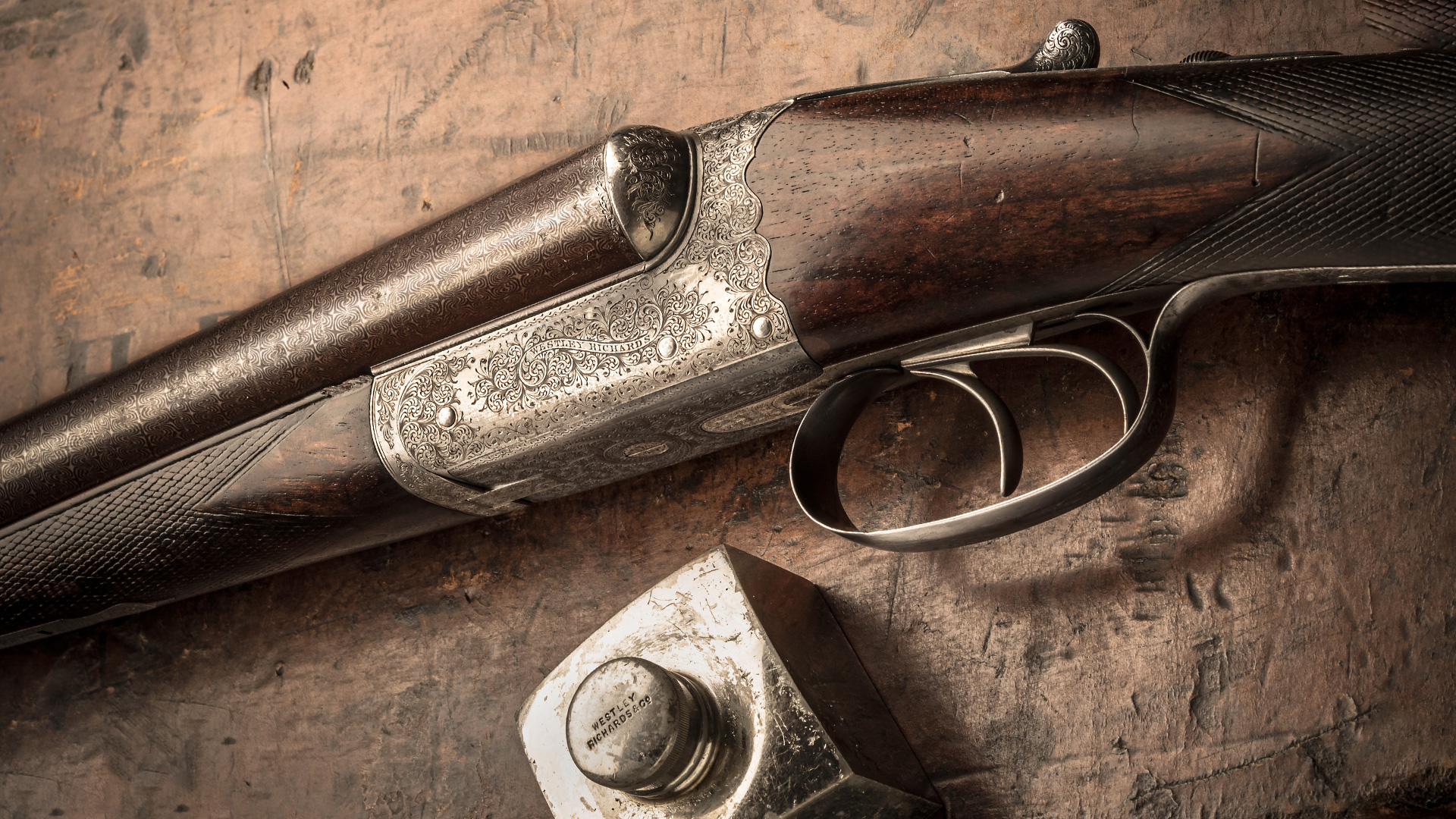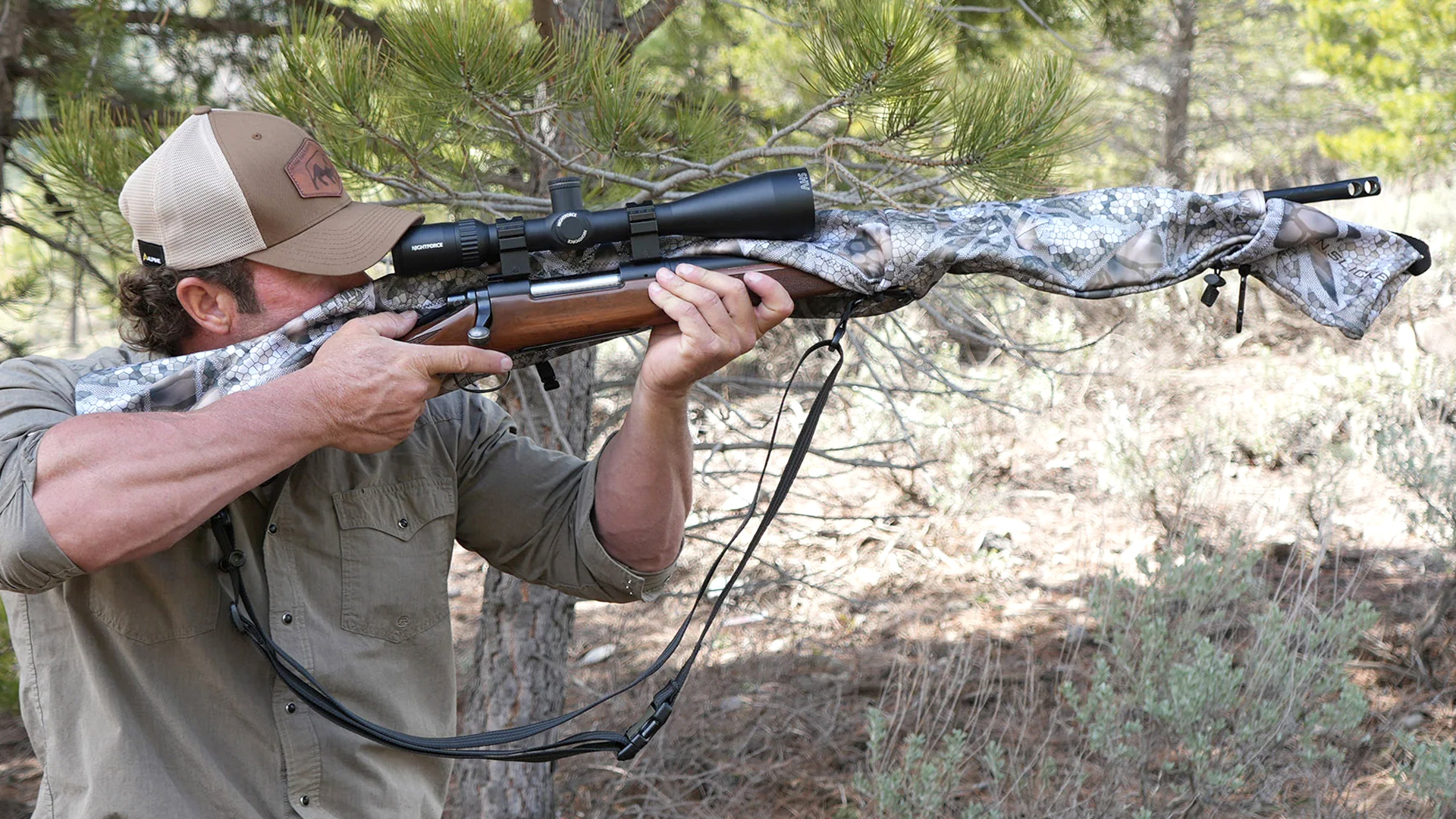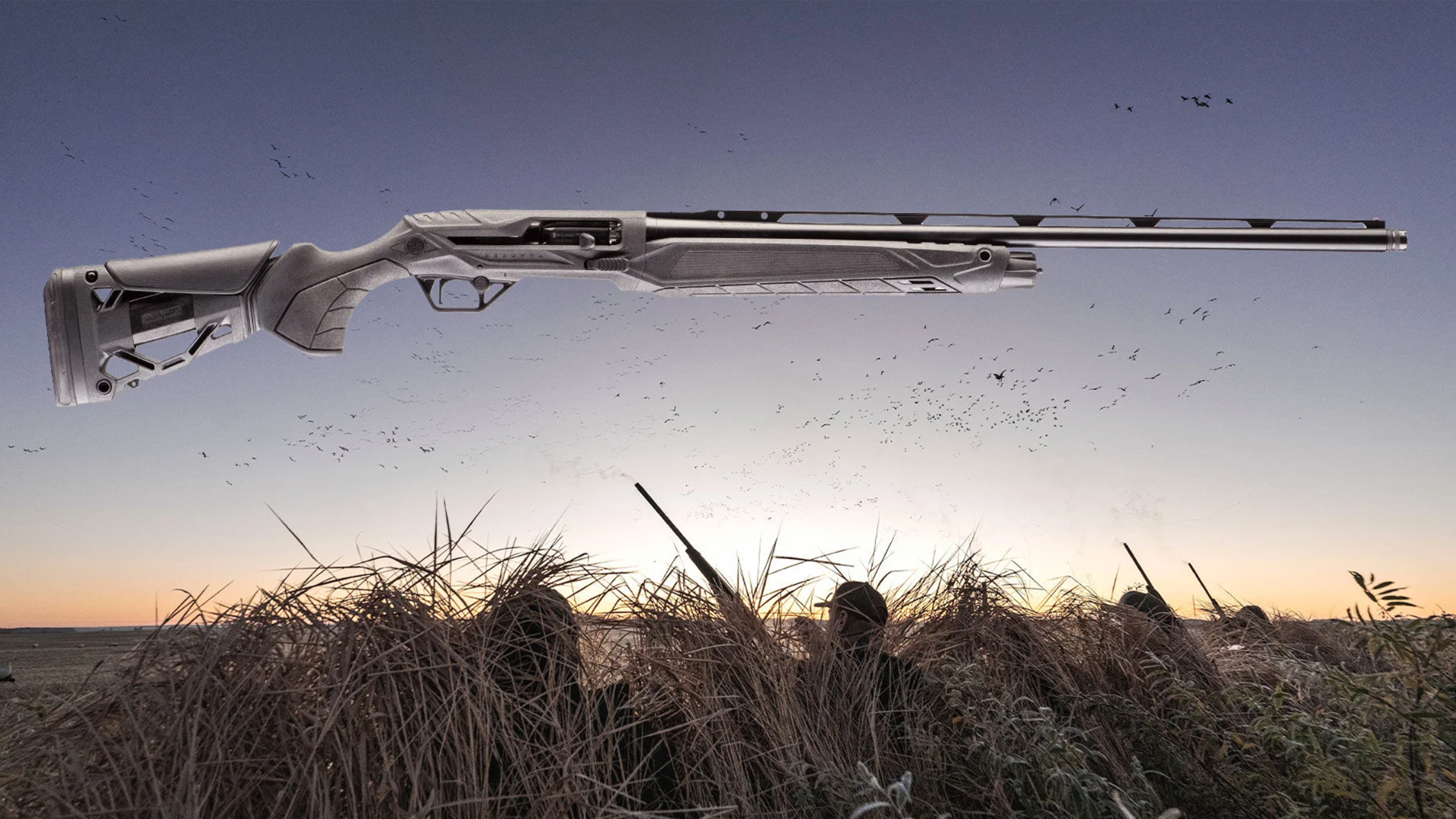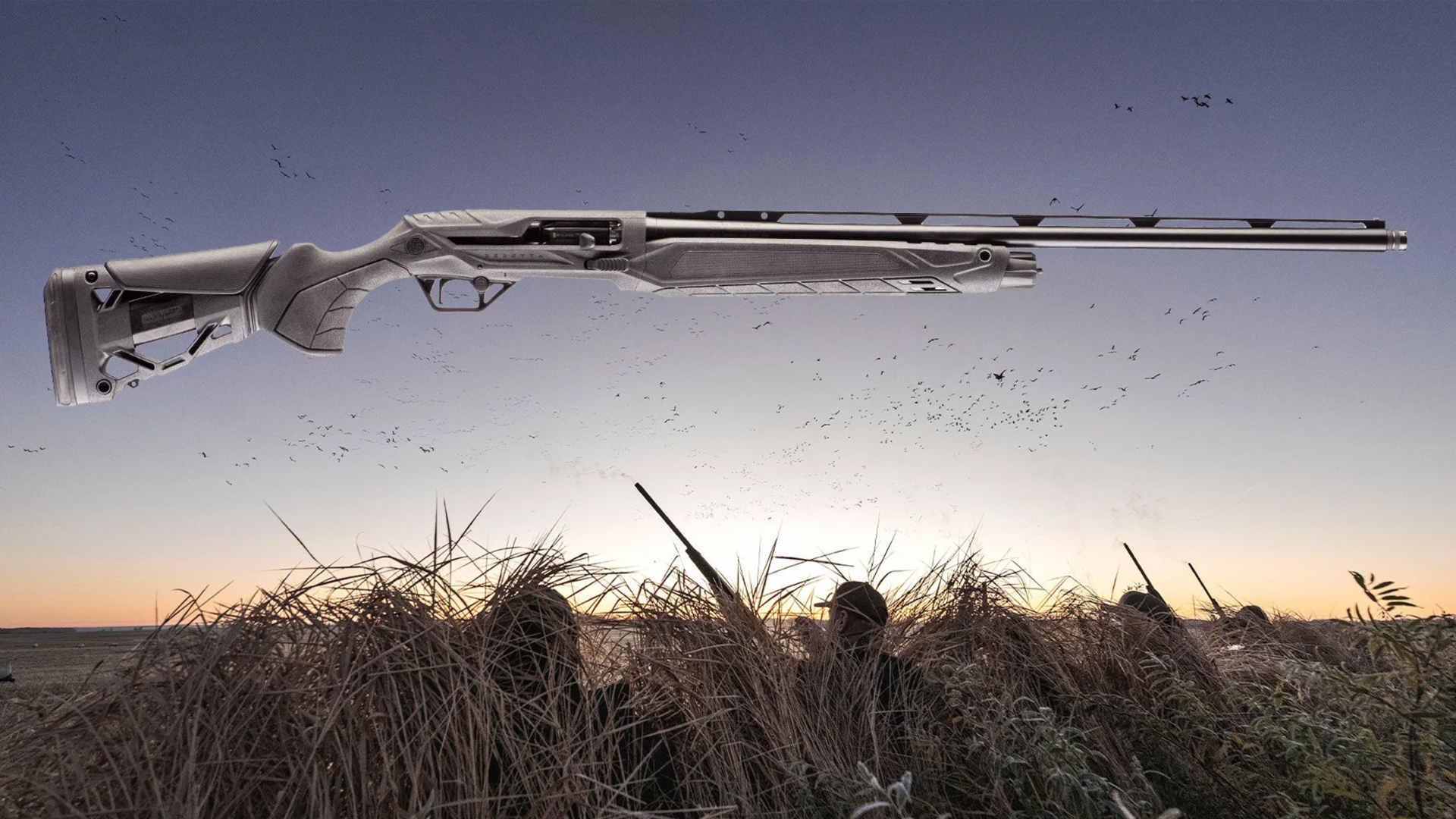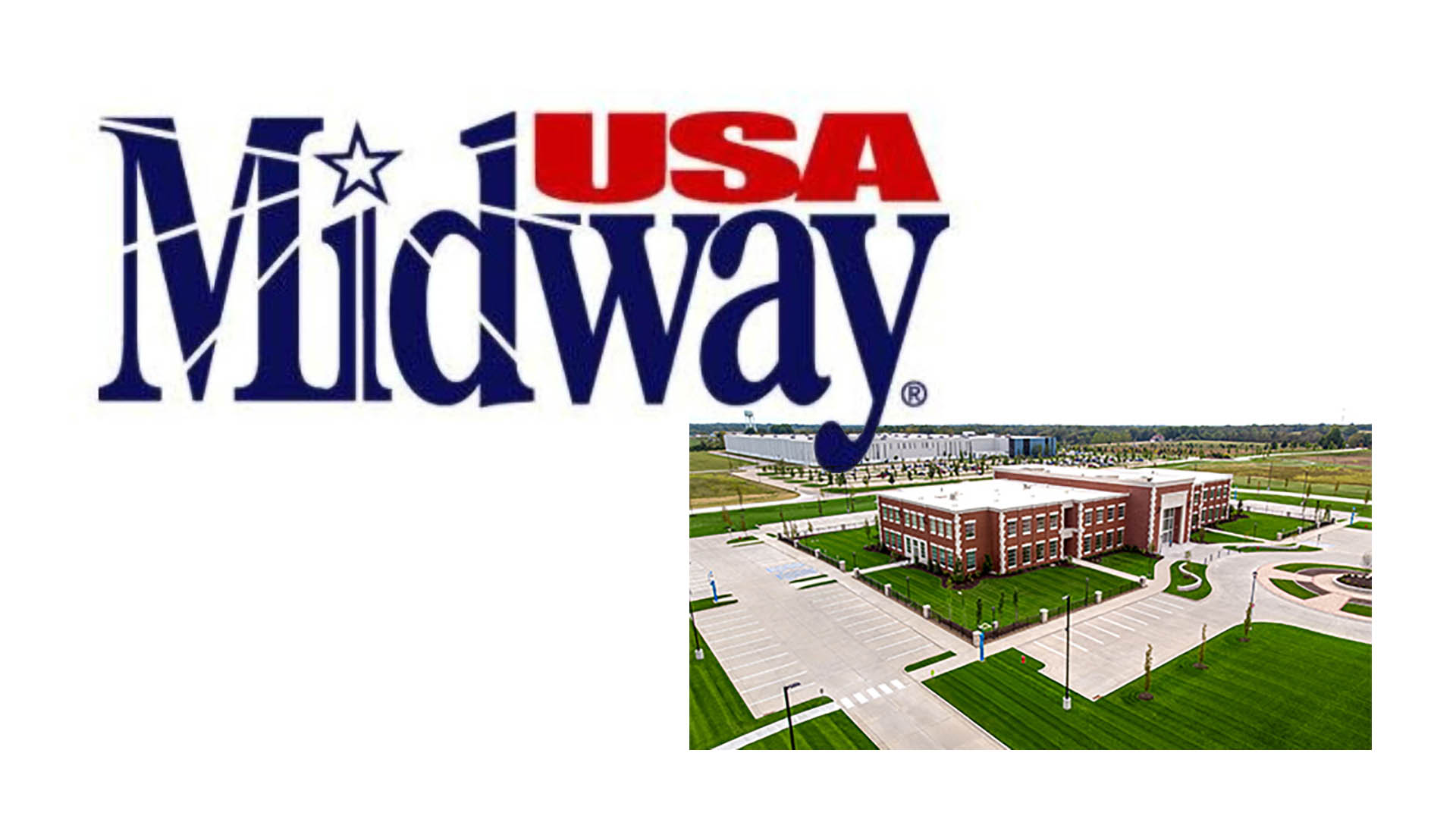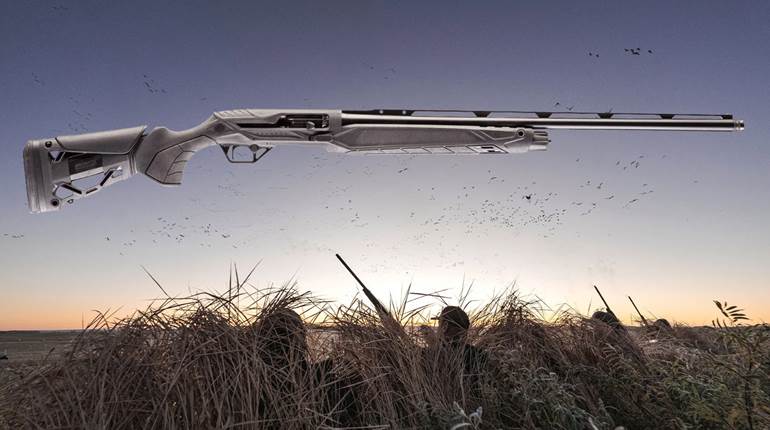
Members of Company B, Texas Rangers, Frontier Battalion preferred the Colt Single Action Army, but also relied on various models of Winchester lever-actions.
This year, the Texas Rangers, the state’s premier law enforcement agency, is celebrating its 200th anniversary. It is a long and interesting history that stretches from the days of poorly trained and poorly organized frontier defense right on up to the current times of the agency becoming a modern professional force with the latest techniques and skills.
The year was 1823, and Mexico was a new nation. Moses and Stephen F. Austin, father and son, had been granted permission to colonize a portion of Mexico that we now call Texas. It is believed that the Mexican government saw this as an opportunity to use these American colonists as buffers against the warlike tribes that inhabited the area.
Regardless of the motivation, the Austins were allowed to form civilian militias to protect these settlements that were springing up in the eastern part of Texas. The men were to be paid $15 a month, payable in land, for their services. In the vernacular of the day, they were called “ranging companies” and the men were referred to as “rangers,” ultimately Texas Rangers.
These ranging companies quickly found out that conventional military tactics did not work against the various warlike tribes. The tribes, especially the Comanche, relied on fast horses, hit-and-run tactics and ambushes. They were not easy opponents to deal with, but the Rangers quickly learned to adopt the same tactics and to improve on them. With the longrifle, Bowie knife, hatchets and fast horses, the Rangers quickly developed into superb guerrilla fighting units.
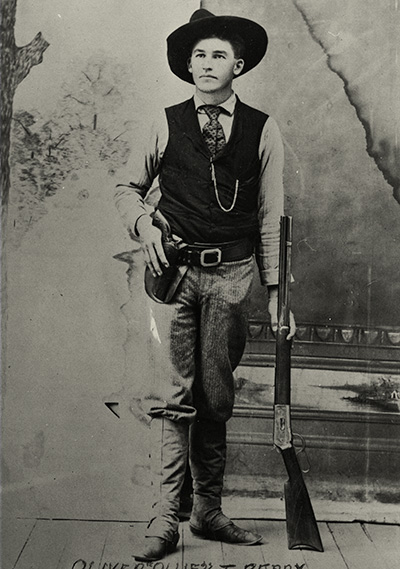
By the time the Texas Revolution got hot in the 1830s, the various ranging companies had been absorbed into the revolutionary army. Individuals who had served as Rangers participated in the various actions from the Battle of Velasco (1832) to the Battle of San Jacinto (1836). The lessons learned from fighting the Comanche eventually overwhelmed the Mexican army, an army of ill-trained recruits and officers familiar only with European military tactics.
Following the revolution, with Texas now being a sovereign republic, the Rangers went back to dealing with the various native tribes—which resented the encroachment of their territory—with one great advantage: the Colt revolver. It was amazing how many arrows a Comanche fighter could get into the air in a very short time, while a Ranger could get only one shot off from his rifle before needing to reload; the Colt Paterson and subsequent revolvers changed that. Rangers carrying two, and sometimes more, revolvers now held the higher ground, tactically speaking.
During the Texas Revolution and subsequent Mexican-American War, the Texas Rangers served as scouts and advance units. And it was during this period that Ranger Samuel Walker approached Samuel Colt about improvements to the Paterson revolver. The result was the Walker Colt, which was one of the most powerful handguns of its time. And, like the Paterson, the Walker Colt was a much-sought-after item on the Texas frontier.
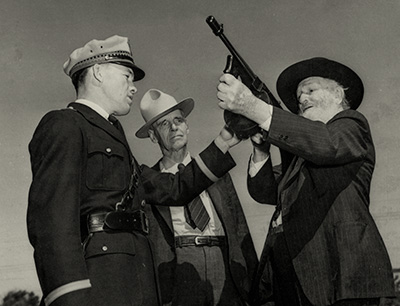
Following the dispute with Mexico, the Texas Rangers went back to dealing with hostile Indian tribes, especially the Comanche. In 1840, various Comanche bands came together and made a huge raid on Texas settlements that went all the way from the high plains to the Gulf Coast, wiping out an entire town near the Gulf of Mexico. As the Comanche were returning west to the plains, they were intercepted by Texas Rangers and armed citizens near the present town of Lockhart. In the fight that came to be known as the Battle of Plum Creek, the Rangers and settlers killed some 80 Comanche warriors and recovered several hundred horses and mules, in addition to other plunder that the Comanche had collected. While the Comanche troubles were not settled until the 1870s, there were never any more raids of such magnitude.
When the Civil War broke out, some ranging companies remained on the frontier to continue to protect the settlers. However, as the war continued, these were incorporated into the service of the Confederacy. One group was called “Terry’s Texas Rangers,” but this was merely a group of volunteers and is simply indicative of the popularity of the Texas Ranger name.
Following the war, Texas was one of the southern states hardest hit by Reconstruction. In place of the Rangers, the Reconstruction government formed the State Police. This organization was not supported by most Texas citizens and soon established a reputation for oppression and outlawry to the extent that, even today, the term “State Police” is not popular in Texas.
In 1874, with the dissolution of the Reconstruction government, the new legislature created the Frontier Battalion of the Texas Rangers. This was to consist of six companies with 75 men each, with each company being run by a captain and a sergeant. Their jobs were to continue to deal with sporadic Indian problems but to also address general lawlessness within the state.
The Rangers of the Frontier Battalion were expected to provide their own guns, horses and other personal gear. The state provided ammunition, food for men and horses and camp gear. A private’s pay was generally the equivalent of what cowboys made, with captains and sergeants receiving only a bit more.
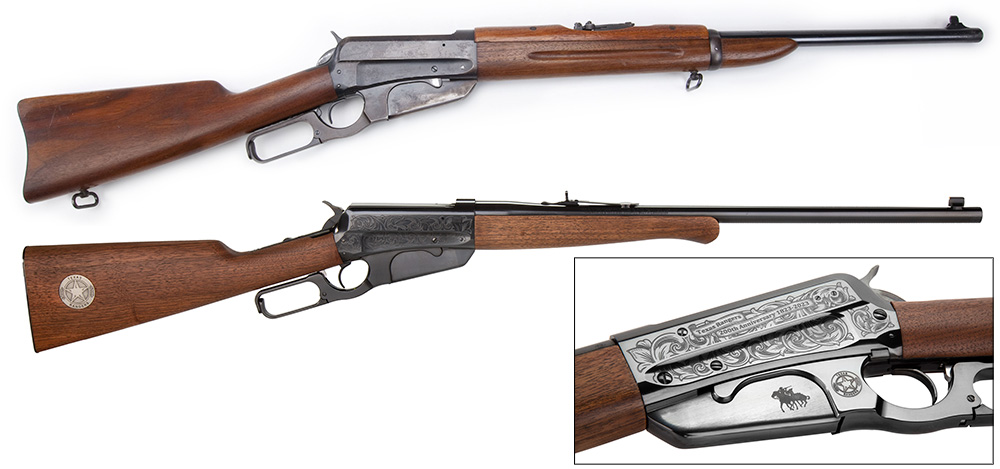
Each Ranger captain was allowed to select and employ his own men. Most captains preferred to hire young, single men because Rangers were expected to live together in a camp or at whatever location the captain specified. While an individual might occasionally be given a brief leave of absence, days off were unheard of, and the 40-hour week was still way in the distant future. For these reasons, Ranger privates often looked at the Frontier Battalion as merely an entry-level law enforcement job, with many of them only serving a short time before getting better-paying positions as city marshals, sheriff’s deputies, deputy U.S. marshals or even elected sheriffs.
For all of that, it is this writer’s opinion that the days of the Frontier Battalion were the beginning of the true legend of the Texas Rangers. The credit for that is due to Maj. John B. Jones, who was appointed to head up the organization. Jones, a well-respected Civil War officer, selected some good men as captains and personally began to establish the pride and professionalism that made the Rangers what they are today.
From the beginning of the Frontier Battalion, the Rangers’ personal firearms, approved by the captains, included, almost to the man, a Colt Single Action Army in .45 Colt. At the same time, Winchester rifles or carbines were also hugely popular with Rangers, beginning with the Model 1873 and, as time went on, including the Model 1886, Model 1894 and Model 1895. But, keeping in mind that Rangers purchased their own guns, it is not surprising that some chose various models of Smith & Wesson revolvers, Marlin rifles and, later, the Model 1899 Savage.
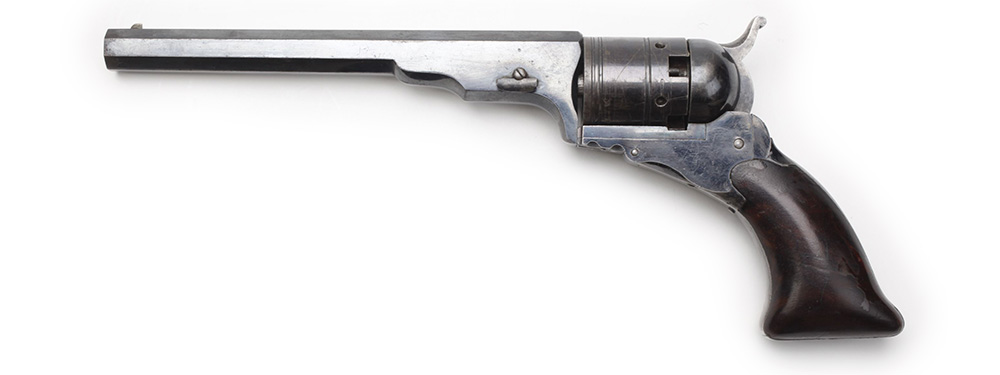
It is interesting to note that the Texas Rangers initially did not issue badges to its men. Instead, they were issued a small wallet containing official credentials. Of course, individual Rangers could wear badges if they wanted to, but the majority did not choose to do so. The first badges were issued in 1935 when the Rangers became part of the Department of Public Safety. The well-known silver badge with a star in a circle, made from the Mexican five peso coin, did not become the official Ranger badge until the early 1960s.
With troubles with the native tribes beginning to wane, Maj. Jones turned the Rangers’ attention to dealing with outlaws. One of his first missions was to clean up the bands of outlaws that had gathered in Kimble County. Located in southwest Texas, with the county seat of Junction, Kimble County had become a center of livestock theft and general outlaw depredation. Jones personally supervised several Ranger companies moving into the area from different directions. The move was so successful that a large number of suspects were gathered up without anyone being shot. It is told that so many outlaws were arrested that the local judge had a difficult time finding enough honest citizens to sit on the juries.
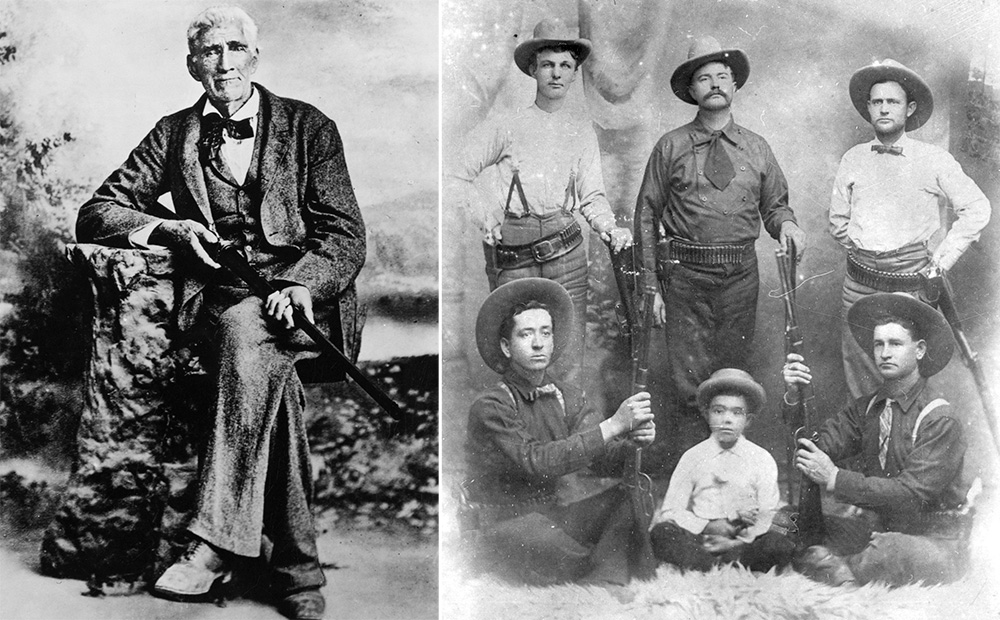
Another problem for the Frontier Battalion was a gunman named John Wesley Hardin. Hardin became an outlaw during Reconstruction and, if one can believe Hardin’s own autobiography, he killed some 40 men during his lifetime. Wanted for killing a deputy sheriff, Hardin fled to Florida. Major Jones assigned Ranger detective Jack Duncan to work undercover and ingratiate himself with the Hardin family in hopes of locating the outlaw. Once located, Jack Duncan and Ranger John B. Armstrong went to Florida and, after a bit of a fight in which one of Hardin’s associates was shot to death, arrested the killer and brought him back to Texas. Hardin was finally convicted of murder and sent to prison.
Equally problematic was an outlaw named Sam Bass who became a target of the Texas Rangers after several train and stagecoach robberies. Major Jones, based upon information from an informant, determined that Bass and his gang were going to hold up a bank in Round Rock, Texas. With only a handful of men available, Jones rushed to Round Rock and set up to wait for Bass’ arrival. The gang made its presence known by shooting down two deputy sheriffs and then making a break to escape. However, running to their horses, the gang was engaged by Jones and his Rangers. Bass gang member Seaborn Barnes was killed on the spot, and Sam Bass received a fatal wound, being captured the next day and dying on his birthday.
These and many other successful engagements with outlaws forged the Texas Rangers into a respected law enforcement body. Organizational pride was extremely high, and positions became highly sought-after, in spite of the fact that salaries were still nothing to brag about.
With the turn of the new century, the Texas Rangers began to face new challenges. The early 1900s brought bandit trouble all along the Rio Grande as a result of the Mexican Revolution. They also had to deal with oilfield boom towns that were springing up all across the state. At the same time, national Prohibition was creating problems with illegal whiskey stills and booze being smuggled in and out of Mexico. In each case, the Rangers rose to the challenge and dealt with problems in the best way possible.
A good example would be the town of Borger, in the Texas Panhandle. With the discovery of oil, the population skyrocketed, and the town was soon full of gamblers, bootleggers, prostitutes and the other riffraff that followed the early oil industry. The Rangers went into Borger several times, jailing the really bad crooks and running off the rest, but the cleanup would end when the Rangers left town. Eventually, the district attorney was murdered, and the Rangers came back in with a vengeance. Martial law was declared, and the crooked county and city officials were removed from office. Borger was finally pretty well cleaned up, but there were numerous other boom towns that continually needed attention.
One hindrance to increased professionalism of the Texas Rangers, however, was politics. At least three Texas governors began to use positions in the Texas Rangers as political payoffs. One governor, Miriam Ferguson, even went so far as to fire the entire Ranger force and replace the veteran lawmen with people who had helped her get elected. She, along with the legislature, even reduced the Ranger force to just a handful of men. These conditions created what was the lowest point in Texas Ranger history.
It was during that time that Clyde Barrow and Bonnie Parker began to make headlines as dangerous outlaws. Much has been made about the contributions of Ranger Capt. Frank Hamer and Ranger Maney Gault in running them down. The fact is that Hamer and Gault were not Texas Rangers at the time, having been fired by Gov. Ferguson. Instead, they were carrying commissions as Texas Highway Patrolmen when they joined up with other lawmen to run the dangerous pair to ground in Louisiana. In spite of that fact, Texans generally associated both men with the Texas Rangers, and that created a demand to upgrade the force and return it to its previous glory.
In 1935, the Texas legislature created the Texas Department of Public Safety, combining the Rangers with the Highway Patrol. This took the lawmen out from under the direct control of the governor and put them instead under the direction of a public safety commission.

In addition, for the first time, the Rangers also got a crime laboratory that was capable of doing ballistics, fingerprint and various other scientific studies. Veteran Ranger M.T. “Lone Wolf” Gonzaullas was placed in charge of the lab’s operation and also supervised undercover investigations.
By that time, too, many Rangers had served in the U.S. armed forces and were beginning to see the value of the Colt M1911 pistol, chambered in .45 ACP, as a duty gun. Additionally, Ranger companies were being issued more modern guns such as the Thompson submachine gun and other semi-automatic rifles and shotguns. And, while some still held onto the Colt Single Action Army and Winchester lever-actions, many Rangers were giving up Western gear and clothing for modern business suits, shoes and hats.
Today, Texas Rangers still do not have a uniform in the sense that one sees in most police agencies. Instead, as a general rule, they wear Western-style clothing with the provision to wear whatever clothing might be suitable to the particular assignment. They are issued the SIG P320 pistol, however, they may choose to carry an M1911 pistol instead. In addition, they are issued the latest in AR-style rifles, semi-automatic shotguns, sniper rifles, tear gas and other specialty equipment and riot gear. The Texas Rangers currently receive extensive and regular firearm training, as well as updated classes in all aspects of criminal investigation.
A few decades ago, a group set up a commune in the Davis Mountains of West Texas, calling themselves the Republic of Texas. Declaring all Texas law null and void, this group armed itself and was waiting for a revolution. When the members kidnapped some neighbors, the Rangers were called in. Determined to avoid another debacle as had occurred at Waco, the Ranger captain in charge set out to surround the group and talk or starve them out. The result of careful planning and organization was that the Republic of Texas group finally surrendered without a shot being fired, although one escapee from the group was later killed when he opened fire on officers.
At present, more than 200 men and women serve the state as Texas Rangers. Each one is assigned to a particular part of the state, although they have the authority to serve anywhere, and may be sent anywhere, in the state. Their DPS crime lab is one of the best in the nation, as are the agency’s intelligence-gathering and data-collection capabilities. The modern Ranger can still go face-to-face with the dangerous outlaws, but he or she is just as adept at dealing with the most intricate white-collar crime. From buckskins to computers, from muzzleloaders to the latest automatic rifles, the Texas Rangers still work to serve and protect the people of Texas.
Editor’s Note:
Jim Wilson is a native of Texas and spent nearly 30 years there as a peace officer, serving as a county sheriff for 8. During his time in law enforcement, he worked with a number of Texas Rangers who provided valuable help in major crime investigations.
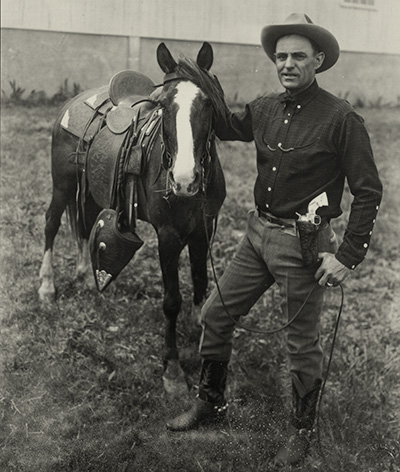
Carrying In Style
Old photographs might suggest that the Texas Rangers were wedded to the Colt Single Action Army revolver and Winchester lever-action rifles. With the beginning of the 20th century, however, things began to change. Double-action Smith & Wesson .44 and .45 revolvers, along with DA Colts such as the New Service, had a following among the Rangers. At the same time, the Colt M1911 pistol, in .45 ACP and .38 Super, began to gain in popularity. Since Rangers purchased and owned their own guns, they carried whatever worked for them individually.
Again, during the 20th century, lever-action rifles began to make way for pumps and semi-automatics. The Remington Model 8 rifle was a favorite of Capt. Frank Hamer and quite a few of his fellow Rangers. Later, the Remington Model 742 developed a following, as did Savage’s Model 99, a tough lever-action popular with individual Rangers. No matter the gun, it had to be carried securely in rough circumstances.
During the days of the Texas frontier, just about every little town had a resident saddlemaker that also made gun holsters, cartridge belts and rifle scabbards. Over time, some of those craftsmen became more famous for their gun gear than for their saddles. S.D. Myres, of Sweetwater and, later, El Paso, was one of the premier holster makers. Another expert holster craftsman was A.W. Brill of Austin. Modern-day Rangers continue the tradition of floral-carved holsters and belts, topped off with fancy silver buckles, built by the best custom craftsmen working today.












